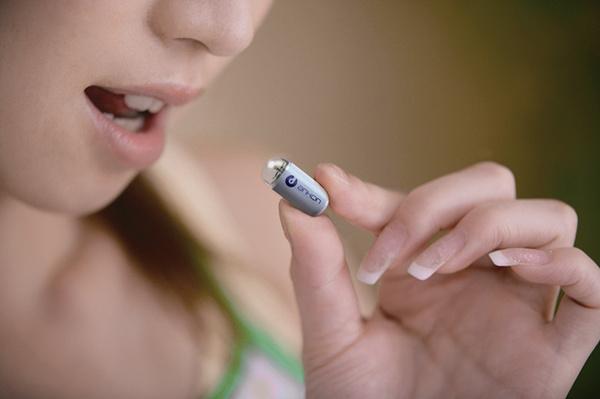Interviewing experts:
Xu Jian Province (Ph.D., Associate Researcher, Institute of Electrical Engineering, Chinese Academy of Sciences)
Jian Zhang (Ph.D. in Medical Robotics, Columbia University)
Whether it is the World Robot Conference held some time ago or some recent medical forums, capsule robots ("Smart Capsule Endoscopy System" or "Medical Wireless Endoscopy") have been described as being possible to replace endoscopy in the future. The "black technology" will end people's fear of gastroscopy and colonoscopy. The capsule robot is indeed a promising auxiliary examination technique, but it still has a long way to go before it completely replaces gastroscopy and colonoscopy.

Take it with water and take it out of the body after taking pictures
When it comes to robots, what do you think of in the first place? Great White? Warri? Or Terminator? However, the reality of robots is far less "cool." According to the definition of the United Nations Organization for Standardization, robots are a programmable and multi-functional manipulator; or they have specialized systems that can be used to perform computer-specific changes and programmable actions in order to perform different tasks. In other words, the "robot" we are discussing is a machine or intelligent system that is not as mysterious as people think.
The same is true of capsule robots.
The robot is capsule-shaped. Its general specification is 11-12 mm in diameter, and its length ranges from a dozen to twenty millimeters. It is a little larger than the ordinary pill. It has a built-in camera and signal transmission device, which can be used to assist the peristalsis of the digestive tract. The human body moves and takes images and sends them to the external image recorders and imaging workstations to help doctors understand the condition and make a diagnosis.
According to Dr. Xu Jianxue of the Institute of Electrical Engineering of the Chinese Academy of Sciences, when examining with a capsule robot, the patient's body does not need to have an open wound and no catheterization, which is very convenient. Anyone who has done colonoscopy or gastroscopy knows that catheterization is a physiologically uncomfortable task, especially for the elderly, children, or critically ill patients, due to their poor tolerance, catheter insertion may be It will cause them more pain. "When using a capsule robot, the patient only needs to take the water and then wait for it to be excreted. Not only is it almost painless, but he can also live and work normally," said Dr. Xu Jiansheng. He further explained that capsule robots can be used as the preferred method for diagnosing gastrointestinal diseases, especially small bowel diseases.

The internal structure of the capsule robot (left side from top to bottom: permanent magnet, electromagnet, white light emitting diode, fluorescent light emitting diode; the right side from top to bottom: intima, adventitia, image sensor, central processor )
A backup camera (also called reversing camera) is a special type of video camera that is produced specifically for the purpose of being attached to the rear of a vehicle to aid in backing up, and to alleviate the rear blind spot. Backup cameras are alternatively known as reversing cameras or rear view cameras. It is specifically designed to avoid a backup collision. Backup cameras are usually connected to the vehicle rearview monitors.
Vehicle Backup Camera,Mirror Backup Camera,Vehicle Mirror Backup Camera,Vehicle Heavy Duty Camera
Shenzhen Sunveytech Co.,LTD , https://www.sunveytech.com
没有评论:
发表评论